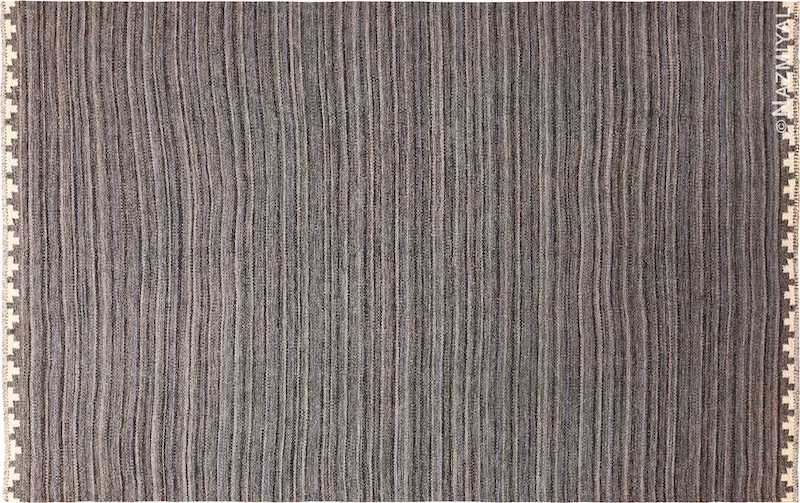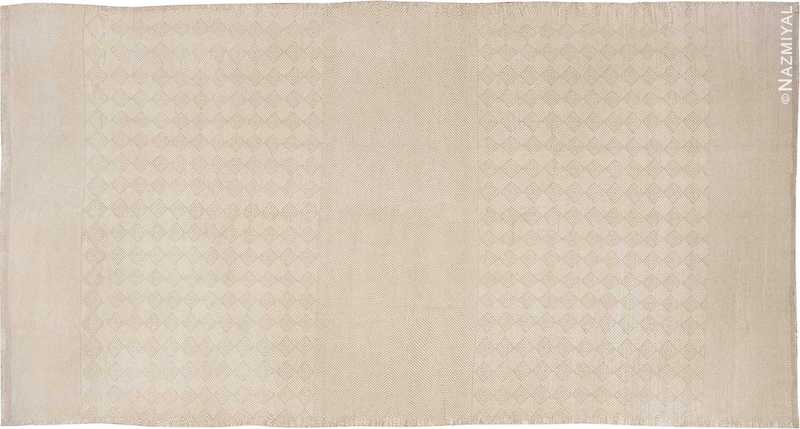A Brief Guide to Plantation Style Interior Design
Dotted throughout the Southern USA are beautiful and historic homes with tragic pasts. Built to withstand sweltering heat, these plantation homes used a style originally developed in other European colonies but imported to the U.S. Despite their dark histories, plantation homes continue to inspire interior design trends in the form of plantation design due to their unquestionable elegance and style.
What is a Plantation Home?
A plantation home, also known as a plantation house, is a type of architectural style associated with large agricultural estates or plantations, particularly in the Southern United States. These homes were typically built during the colonial and antebellum eras when agriculture, particularly cotton, tobacco, and sugarcane, thrived and relied heavily on slave labor.
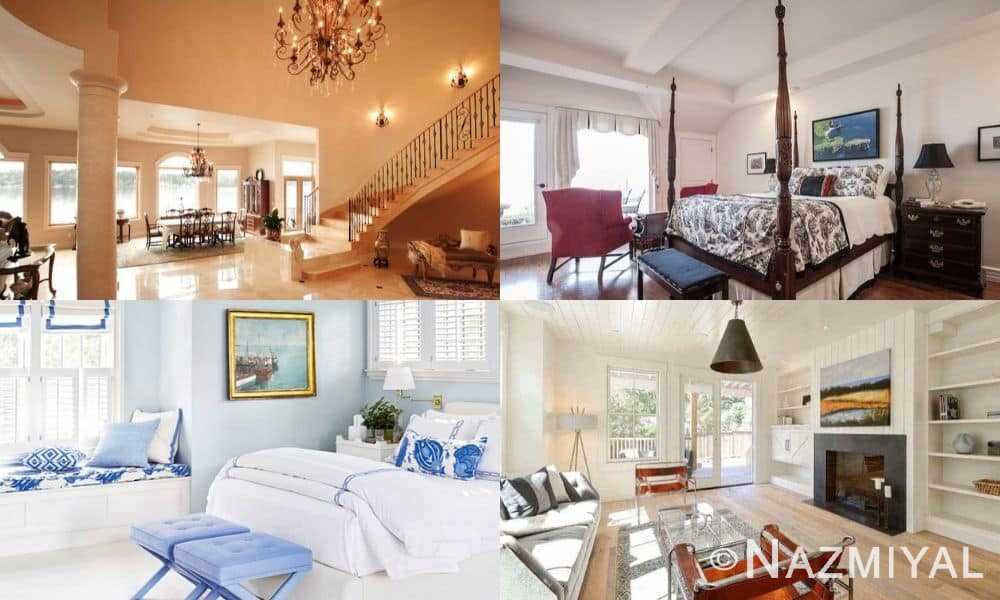
Plantation Home Design
Characteristics of plantation homes include:
- Size and Grandeur: Plantation homes were often large and grand, reflecting the wealth and social status of the plantation owners. They were designed to impress and often featured expansive rooms, high ceilings, and multiple stories.
- Classical Architectural Influence: Plantation homes often drew inspiration from classical architectural styles such as Greek Revival or Federal architecture. They incorporated elements like symmetrical facades, columned porticos, pediments, and ornate detailing.
- Elevated Construction: To protect against flooding and provide better ventilation, many plantation homes were built on raised foundations. This architectural feature allowed for air circulation underneath the house.
- Verandas or Porches: Plantation homes typically featured wide verandas or porches that extended along the front or sides of the house. These outdoor spaces served as areas for relaxation, socializing, and enjoying the surrounding views.
- Plantation-Sized Grounds: Plantation homes were often situated on large tracts of land, which included formal gardens, expansive lawns, and sometimes outbuildings such as slave quarters, carriage houses, and barns.
- Symmetry and Balance: Plantation home designs often emphasized symmetry and balance. The central entrance, typically adorned with a prominent doorway and flanked by evenly spaced windows, was a common design element.
- Historic Significance: Plantation homes hold historical significance, representing the economic, social, and cultural aspects of the region and the era in which they were built. Many plantation homes have been preserved and serve as museums or private residences.
In addition, while plantation homes are admired for their architectural beauty, they also symbolize a painful period in history when slavery was prevalent. Their construction and grandeur were made possible through the forced labor of enslaved individuals who endured significant hardships.
History of Plantation Interior Design
The plantation design style was first developed by English, Dutch and French colonists in the 17th century. As they reached tropical destinations such as the East and West Indies, Africa, and South Asia, they needed a style that could handle the heat and humidity. Using locally sourced materials, they crafted furniture and buildings that combined European trends with local themes.
In the United States, the plantation style is most associated with the Antebellum (pre-Civil War) period in the southern states. Each country has its own unique take on the style. However, many of the core trends and themes remain consistent throughout.
Much of the architecture drew from French and Greek revival. Again, the colonial home builders tended to follow the trends that were in fashion in Europe. In Louisiana, many of these homes drew from Spanish architecture. In a few other locations, features from Italianate and Gothic revival can be seen.
Key Elements of Plantation Design
As with all interior design styles, the plantation aesthetic has a few consistent elements. While some are essential, others are just finishing touches.
Interior Layout
Chances are that you can’t significantly change the architecture of your home to suit your interior design preferences. Nonetheless, the layout of plantation homes is one of the signature features of the style. In particular, they almost invariably feature formal entrance halls. These were where homeowners greeted guests. They also played an important role in ventilating homes.
Most homes also included a parlor or drawing room. This was a trend in Europe that had been imported to the homes of colonial settlers. Parlors were located near the front of the house and offered a comfortable place to receive guests.
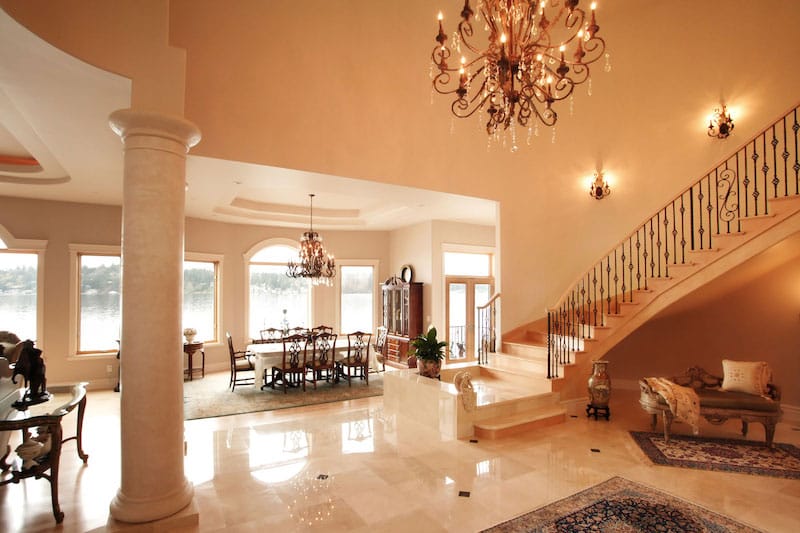
Plantation design usually includes a large entryway or foyer.
Furniture
For recreating the plantation interior design, furniture is an anchor point. Dark wood, especially mahogany, was extremely popular in plantation homes. Cherry was another popular choice.
Furniture styles include Chippendale, Empire, Hepplewhite and Queen Anne. Each of these has beautifully carved woodwork. Rice beds are another staple of plantation furniture. These carved, wood frames feature four posts but don’t have a canopy.
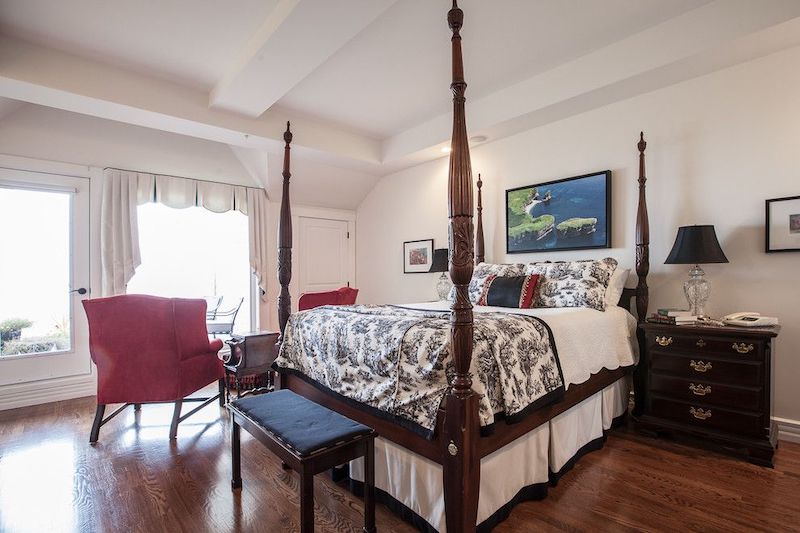
An example of a rice bed, common in plantation design.
Paint and Colors
Interior colors other than the wooden furniture were typically light. Whites, creams, and pastels on the walls helped keep the interior of plantation homes cooler.
White is the most common and famous option for wall color. However, light Carolina blue, pale green, lavender, mustard yellow and red were all common on the walls and in other décor as well.

Pastel colors like Carolina blue, as well as features like shutters, are common in plantation design.
Fabrics
Upholstery can help to bring this style together. Damask was the most popular option during the Antebellum era. However, velvet, English Chintz and French tapestry are also excellent choices for recreating the look.
The same is true for window treatments. Silk damask draperies and curtains paired with gilded cornices were status symbols. Interestingly, many plantation homes also feature shutters for privacy as these were better for the hot climate.

Use damask upholstery for plantation design.
Applying the Plantation Style in Your Home
Using the plantation interior design style in your home should start with the furniture. Look for some dark wood pieces. Another option is to finish light woods with a dark varnish.
White is the most traditional option for wall color, but using any of the pastels listed above can also be effective. Plantation shutters are a great option for adding to the aesthetic.
Accessorize with ceiling fans, tropical-themed art, travel memorabilia and green plants. Paintings and sculptures were very popular in U.S. plantation homes.
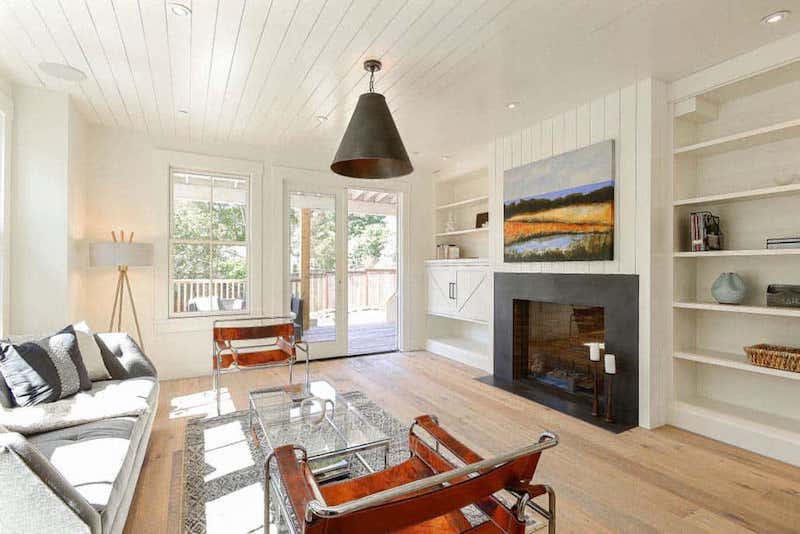
Beautiful, modernized plantation design.
Choosing Rugs for Plantation Interior Design
Typically, plantation homes featured natural material rugs and very neutral color area rugs. These replaced the thicker knotted pile carpets like the wool and silk rugs that were popular in European homes. The natural fibers were significantly cooler and helped keep the homes comfortable.
Nonetheless, antique Oriental rugs can still look at home in the plantation style. They were more common in homes further to the north that didn’t have to deal with sweltering heat.
Many plantation homes featured big rugs, especially in dining areas and parlors. Like the walls, rugs tended to be lighter, more natural colors.
We have selected an array of rugs from our collection that will fit the plantation style. Don’t forget to choose your rug early in the design process. It is a defining component of any room. Matching décor to a rug is easier than the other way around.
Find Your Perfect Rugs
At Nazmiyal, we have a wide selection of antique, vintage and modern rugs to choose from. Whether you want something that will work for the plantation style or any other aesthetic, contact our experts for guidance. Explore our collection today to find your ideal rug.
Here are some beautiful rugs for your Plantation design:
This interior design blog about Planation design was published by Nazmiyal Antique Rugs.

